ggplot2 v3.0.0 released in July 2018 has working options to modify legend.spacing.x, legend.spacing.y and legend.text.
Update Dec 2021 - to make legend.spacing.y work, you will need to set byrow = TRUE in the corresponding guide_legend. See also this thread. Example below.
Example: Increase horizontal spacing between legend keys
library(ggplot2)
ggplot(mtcars, aes(factor(cyl), fill = factor(cyl))) +
geom_bar() +
coord_flip() +
scale_fill_brewer("Cyl", palette = "Dark2") +
theme_minimal(base_size = 14) +
theme(legend.position = 'top',
legend.spacing.x = unit(1.0, 'cm'))
Note: If you only want to expand the spacing to the right of the legend text, use stringr::str_pad()
Example: Increase vertical spacing (mind byrow = TRUE)
library(ggplot2)
ggplot(mtcars, aes(y = factor(cyl), fill = factor(cyl))) +
geom_bar() +
theme(legend.spacing.y = unit(1.0, 'cm')) +
## important additional element
guides(fill = guide_legend(byrow = TRUE))

Example: Move the legend key labels to the bottom and increase vertical spacing
ggplot(mtcars, aes(factor(cyl), fill = factor(cyl))) +
geom_bar() +
coord_flip() +
scale_fill_brewer("Cyl", palette = "Dark2") +
theme_minimal(base_size = 14) +
theme(legend.position = 'top',
legend.spacing.x = unit(1.0, 'cm'),
legend.text = element_text(margin = margin(t = 10))) +
guides(fill = guide_legend(title = "Cyl",
label.position = "bottom",
title.position = "left", title.vjust = 1))

Example: for scale_fill_xxx & guide_colorbar
ggplot(mtcars, aes(mpg, wt)) +
geom_point(aes(fill = hp), pch = I(21), size = 5)+
scale_fill_viridis_c(guide = FALSE) +
theme_classic(base_size = 14) +
theme(legend.position = 'top',
legend.spacing.x = unit(0.5, 'cm'),
legend.text = element_text(margin = margin(t = 10))) +
guides(fill = guide_colorbar(title = "HP",
label.position = "bottom",
title.position = "left", title.vjust = 1,
# draw border around the legend
frame.colour = "black",
barwidth = 15,
barheight = 1.5))
The below is obsolete, but is left for curious people.
For vertical legends, settinglegend.key.size only increases the size of the legend keys, not the vertical space between them
ggplot(mtcars) +
aes(x = cyl, fill = factor(cyl)) +
geom_bar() +
scale_fill_brewer("Cyl", palette = "Dark2") +
theme_minimal(base_size = 14) +
theme(legend.key.size = unit(1, "cm"))

In order to increase the distance between legend keys, modification of the legend-draw.r function is needed. See this issue for more info
# function to increase vertical spacing between legend keys
# @clauswilke
draw_key_polygon3 <- function(data, params, size) {
lwd <- min(data$size, min(size) / 4)
grid::rectGrob(
width = grid::unit(0.6, "npc"),
height = grid::unit(0.6, "npc"),
gp = grid::gpar(
col = data$colour,
fill = alpha(data$fill, data$alpha),
lty = data$linetype,
lwd = lwd * .pt,
linejoin = "mitre"
))
}
### this step is not needed anymore per tjebo's comment below
### see also: https://ggplot2.tidyverse.org/reference/draw_key.html
# register new key drawing function,
# the effect is global & persistent throughout the R session
# GeomBar$draw_key = draw_key_polygon3
ggplot(mtcars) +
aes(x = cyl, fill = factor(cyl)) +
geom_bar(key_glyph = "polygon3") +
scale_fill_brewer("Cyl", palette = "Dark2") +
theme_minimal(base_size = 14) +
theme(legend.key = element_rect(color = NA, fill = NA),
legend.key.size = unit(1.5, "cm")) +
theme(legend.title.align = 0.5)
